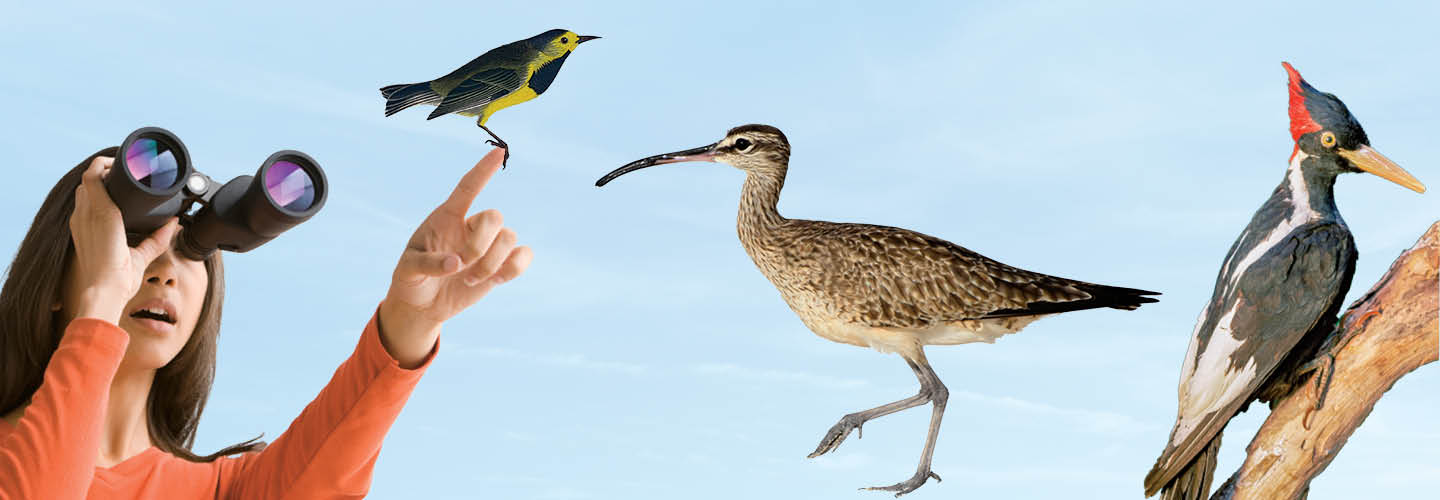Get your binoculars ready! In a recent study, conservationists compiled a list of 144 bird species worldwide that have gone unseen for at least a decade but may still be out there, hidden in the wild. And now, researchers want your help to find them. The American Bird Conservancy and other bird organizations say no one has documented these “lost birds” with photos, audio, or genetic evidence for at least 10 years. In North America, three species are considered lost: the ivory-billed woodpecker, the Eskimo curlew, and the Bachman’s warbler. Conservationists hope to encourage bird-watchers to search for these species and provide proof that they’re not extinct. The project has already yielded results, with more than a dozen birds located. Once a bird is rediscovered, scientists study it to learn how best to protect the species. They’re now examining the Santa Marta sabrewing in Colombia, for example, to better understand its habitat needs. Says Cameron Rutt, lead author of the American Bird Conservancy study: “There’s great potential to learn more about birds that are poorly known and highly threatened.”

Missing in the skies: (from left) Bachman’s warbler, Eskimo curlew, and ivory-billed woodpecker. Sepia Times/Universal Images Group via Getty Images (Warbler); Shutterstock.com (Curlew); John Cancalosi/NaturePL.com (Woodpecker); Jose Luis Pelaez Inc/Getty Images (Birdwatcher)
Text-to-Speech
